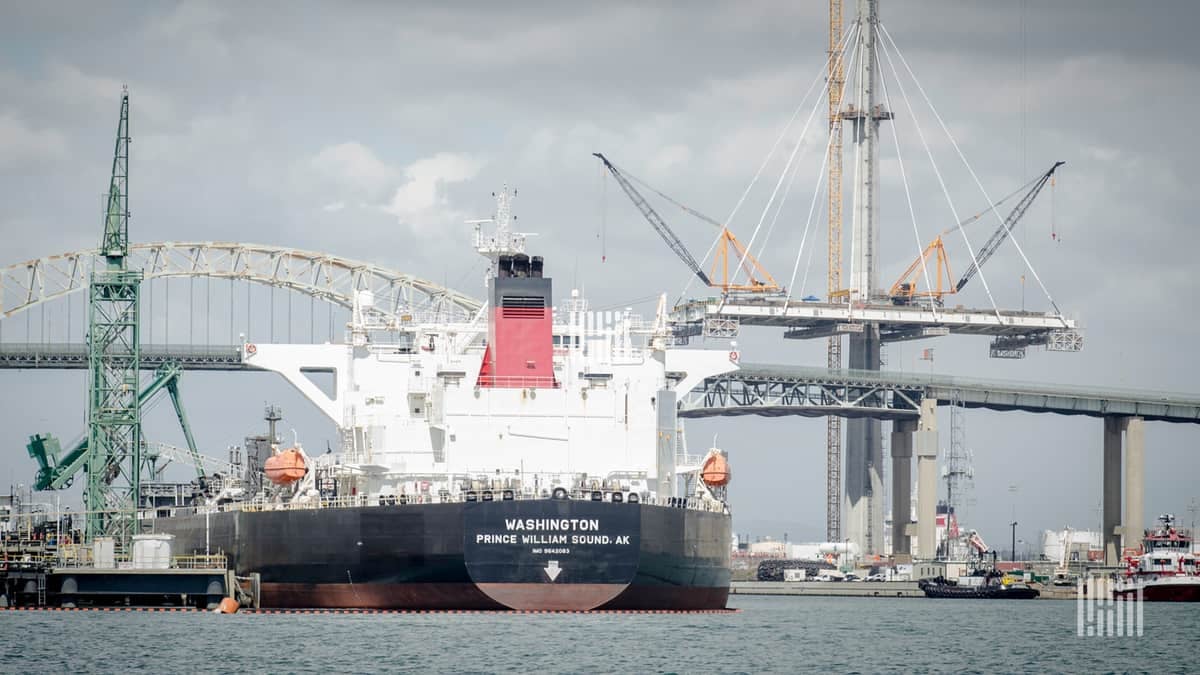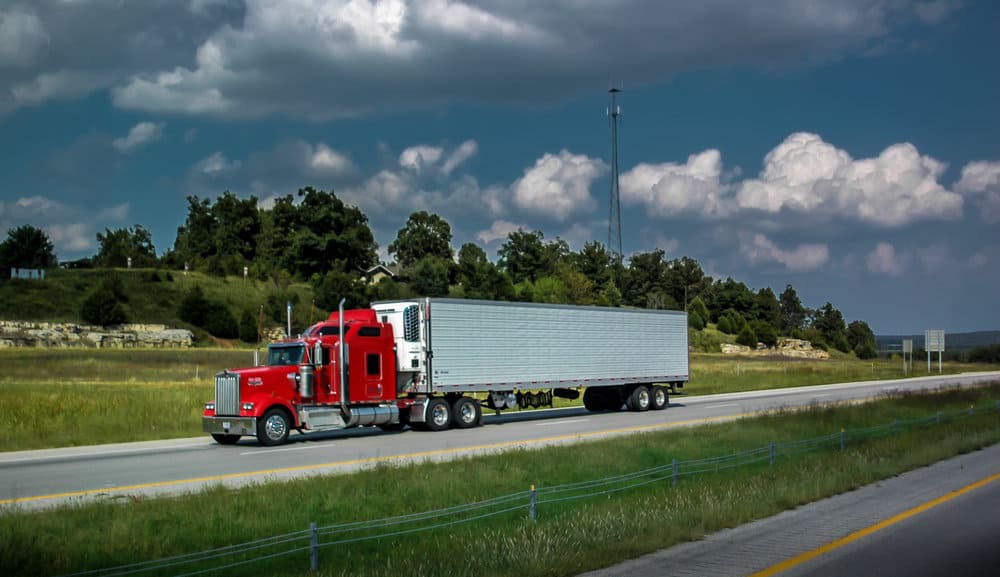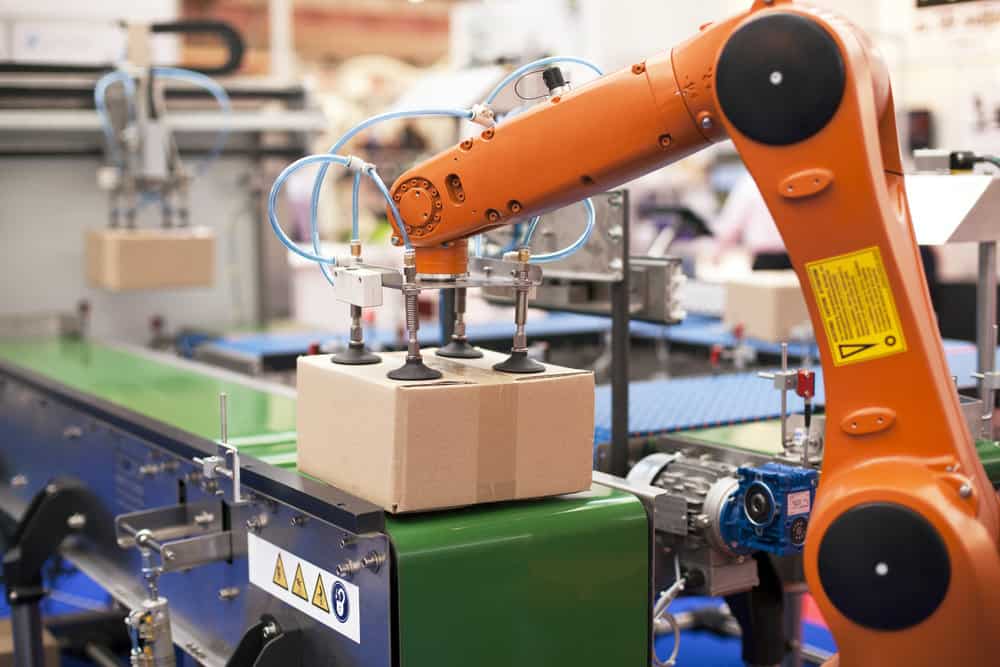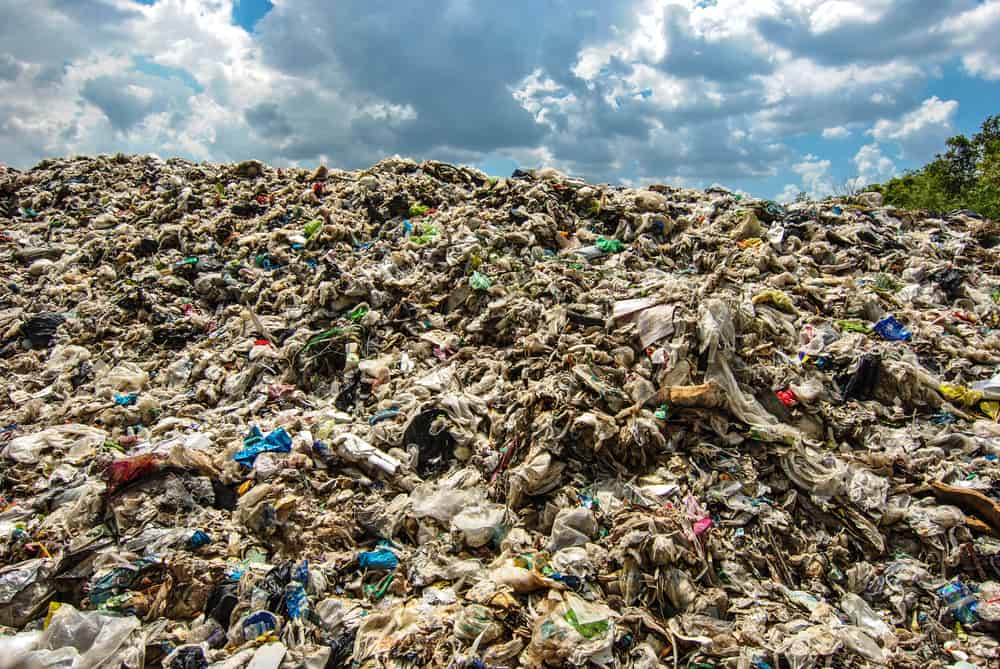Logistics plays a significant role in keeping the world economy moving. However, what keeps logistics moving? In 2020, we’re seeing new global pressures, opportunities in ecommerce markets and alliances coalescing around new technologies.
Here’s a look at some of the top logistics trends impacting supply chain management, shipping, compliance and more.

1. New emissions standards for maritime shipping
January 1, 2020, marked the beginning of the first calendar year in which new maritime regulations for sulfur dioxide (SOx) will be in full effect. Freight-carrying ships have been under fire for heavy crude oil emissions since at least 2005, the year the International Maritime Organization (IMO) ratified Annex VI, which began tightening emissions standards for ships at sea.
Enforcement authorities in ports are ramping up compliance verification, which is big news for shipping and logistics companies.
According to the IMO, switching to higher-quality, lower-sulfur fuel is likely to bring about a 77% decrease in SOx emissions per year, or around 8.5 million tons. Experts link sulfur dioxide to acid rain, climate change, premature death and respiratory and cardiovascular diseases.
Making this change could raise the cost of fuel oil from $400 to $600 per metric ton. It’s an expenditure made for the best possible reasons, but it may still cause a ripple effect.

2. Blockchain achieves more widespread support
According to a 2018 report, blockchain is on track to bring a 5% increase in global GDP and a 15% rise in trade volume, and it’s not hard to understand why. Global supply chains are already heavy with data – from ships and trucks, sensors, shipping pallets, business partners and inventory management systems.
Blockchain provides unprecedented visibility and security for this first- and third-party information. The industry knows it, which is why groups like the Blockchain in Transport Alliance (BiTA) are growing.
A spokesperson for LaneAxis, a BiTA partner, explained why logistics technologies are already coalescing around industry blockchain standards. “[Third-party logistics firms] have held an iron-grip on the industry for far too long. [Our] focus is solely on leveraging blockchain to create a shipper-to-carrier direct network that will eliminate the need for freight brokers and 3PLs that charge exorbitant rates.”
Blockchain helps achieve a supply chain trend that’s becoming common across multiple industries – eliminate wasteful intermediaries and recover value companies could better use elsewhere.

3. Artificial intelligence stakes its claim
Research shows that artificial intelligence (AI) is better at predicting outcomes and making projections than unaided human cognition. Richard Nisbett and Lee Ross, two cognitive scientists, are explicit on this point, claiming, “Human judges are not merely worse than optimal regression equations; they are worse than almost any regression equation.”
A vast amount of opportunities exist to put AI to work in shipping and logistics, including:
· More accurate predictions for customer demand mean more lead time and opportunities for distributors and shippers to engage in predictive shipping.
· Substantial predictive insights into back-office functions, such as looking for potentially risky language in business contracts.
· Optimizing shipping routes and making last-mile delivery more efficient, helping companies save money on fuel costs.

4. Global demand for refrigerated shipped goods skyrockets
Shipping companies are gearing up to meet rising global demand for refrigerated shipped products – including foods, beverages and pharmaceuticals – through 2020 and beyond.
Some reasons for this growth include shifting consumer preferences, such as the rising demand for non-local foodstuffs. Plus, globalization has significantly expanded the accessibility and diversity of perishable goods available for shipment. Research shows that refrigerated shipping containers should expect a compound annual growth rate (CAGR) of 10.2% through 2025, which is faster than the growth of any other container market segment.
To answer this challenge, companies are expanding their fleets of refrigerated trucks and shipping containers, not to mention climate-controlled warehouses.
To prepare for 2020 and beyond, Ocean Network Express announced the addition of 6,000 new refrigerated containers to its fleet. Hapag-Lloyd announced the addition of 13,420 new refrigerated containers. Other service providers will have to reevaluate their preparedness as customers demand more.

5. Automation helps distribution centers run more smoothly
One report predicts a 12.6% CAGR for warehouse automation technologies through 2024. One of the cited reasons is the low – 3.8% – rate of unemployment in the U.S, making it more difficult to find and retain talent in logistics and distribution.
Warehouses and distribution centers have a great deal to gain from automating critical processes, such as:
· Machine vision inspections significantly reduce the rate of errors, including cutting down on the likelihood of shipping damaged, incomplete or incorrect items to customers.
· Robotic automated guided vehicles (AGVs) reduce repetitive motion and lifting injuries in warehouses by raising, transporting and preparing heavy shipments without human intervention.
· Compared with human warehouse workers, robotic order-pickers can locate bins and identify products faster and with greater accuracy.

6. Green initiatives call for a circular supply chain
Companies everywhere are heeding consumer demand for greener products and processes. Research shows that products marketed as sustainable accounted for half of the growth of the consumer packaged goods (CPG) market between 2013 and 2018. Therefore, the world’s supply chains are becoming circular rather than linear. For instance, manufacturers are looking at ways to improve product longevity and the ease with which they can recover, repair and resell goods.
The circular economy also impacts shipping and packaging choices. Governments throughout the world are taking steps to cut waste from supply chains and boost recycling and reuse for commonly used products. European Union member countries must now recycle half of their packaging waste. In California, businesses cannot use plastic bags and must recycle 25% of their plastic containers. In Japan, companies must reuse all packaging materials.
One might choose to look at these regulations as a burden. However, reusing products for longer, rather than buying new, provides financial benefits as well as environmental ones.
The top logistics trends of 2020
Each of these trends is consequential in its own right, but they add up to a global supply chain that’s maturing rapidly.New technologies and consumer and regulatory demands require new ways of thinking – but they bring financial and competitive opportunities as well.








website
Regarding automation, it has far more application in logistics besides warehouses and distribution centers. From workflow management to automated reporting systems to client relationship, it helps companies to save money on operational costs, cut down risks, and uncover opportunities for future business growth.
mijfouuynz
rghgdwmveuvpefkibyxbfuvqwfnene
David
Great trends to watch out in 2020 for the logistics industry. Thanks for sharing this informative post. Keep posting.
Dave
This article lost all credibility the moment I read the word “Blockchain”.
Let’s face it – it’s dead, nobody wants it, an nobody is working on any real world projects that involve it.
JUst ask 100 people that actually WORK in trucking or logistics.